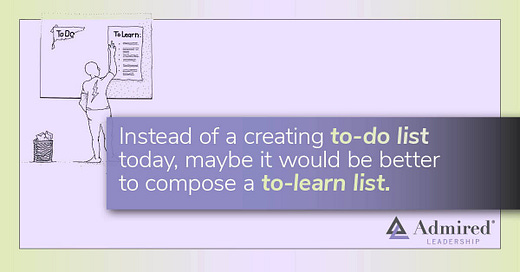What If Your Goal Was Learning and Not Performing?
When leaders find it difficult to achieve a desired performance, they often benefit from changing the goal. This doesn’t imply changing the goal posts so achievement is easier. Instead, swapping a performance goal for a learning goal can sometimes create a profound impact on the end result.
Marathon runners often learn this the hard way. After repeated attempts to break personal records, many long-distance runners hit a wall and experience a plateau of the same or slightly slower speeds. Steadfastly holding to this goal doesn’t change things. But what happens to runners who replace their performance goal with a learning goal? For example, setting a goal of learning how to conserve energy throughout the marathon or how to extend the running stride reframes the focus from outcome to understanding. A shift in mindset from outcome to curiosity offers a host of benefits, including higher performance!
The relationship between performance and learning is highly complicated. While learning and performance are braided together, learning is more long-term and performance is exceedingly short-term. The unusual fact is that short-term performance is often a lousy indicator of long-term learning. Worse yet, we often learn the wrong lessons from our performance success, believing falsely that an insignificant action contributed boldly to the end result. To further complicate the interconnection, some of the most important learnings occur when performance suffers and we have to explain why.
When performance stalls, the best leaders shift into learning mode and set goals accordingly. By replacing performance goals with learning objectives, leaders shift from a focus on results to one of understanding how those outcomes come about. That can sometimes change everything.
Instead of a creating to-do list today, maybe it would be better to compose a to-learn list. Your performance breakthrough may depend on it.




